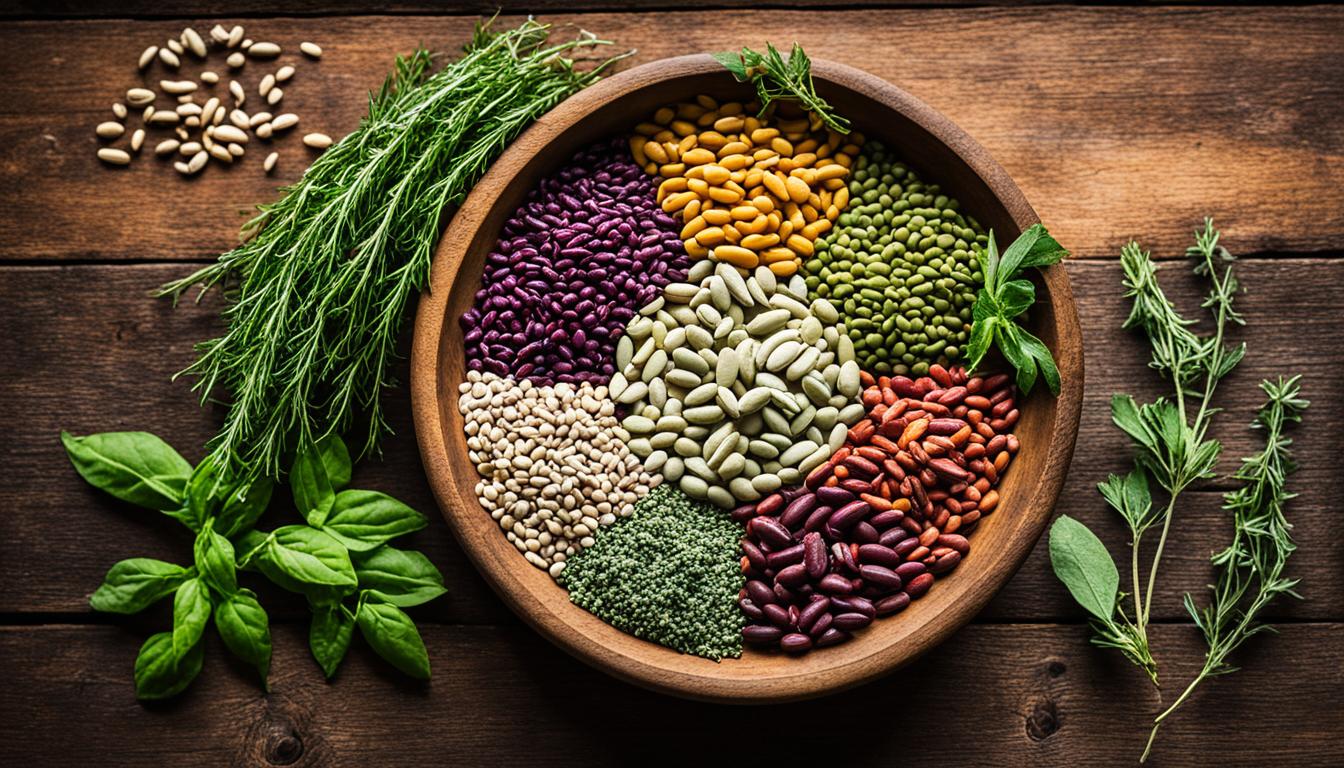Are you tired of bland and uninspiring dishes made with dried beans? Do you wish there was a way to elevate their flavor and make them truly delicious? Well, we have the secret to transforming ordinary dried beans into culinary masterpieces. The key lies in adding aromatics herbs that infuse the beans with irresistible flavors.
Many people underestimate the power of herbs when it comes to cooking, especially when using dried beans. But trust us, the right combination of aromatics herbs can make all the difference in bringing out the optimal flavor in your dishes.
So, what are the best dried beans to use and which herbs should you add for that extra burst of flavor? Keep reading to discover our tried and tested methods for creating mouthwatering meals with dried beans and herbs.
Tips for Cooking Dried Beans
When cooking with dried beans and herbs, following a few key tips can help you achieve optimal flavor and texture in your dishes.
Rinse and Soak
Before cooking, it is important to rinse the dried beans thoroughly to remove any dust or debris. Additionally, soaking the beans overnight in water can help soften them and reduce the overall cooking time. As you soak the beans, be sure to add salt to the water to enhance the flavor.
Choose the Best Herbs
The choice of herbs can greatly impact the flavor of your dried beans. The best herbs to flavor dried beans are those that complement their natural taste and add depth to the overall dish. Some popular options include rosemary, thyme, sage, and bay leaves. These woodsy herbs bring a delightful aroma and flavor to the beans.
Cooking Method
When it’s time to cook the beans, it is recommended to use the aromatics and herbs mentioned above to infuse the beans with a delightful taste. Simmer the beans on low heat, without the lid, to allow the flavors to concentrate. This slow cooking process ensures that the seasonings penetrate the beans and create a delicious blend of flavors.
Experiment with Combinations
Don’t be afraid to experiment with different combinations of dried beans and herbs. Each type of dried bean can have its own unique flavor profile, and pairing them with various herbs can create a wide range of delicious flavor combinations. You can also add additional spices or soft herbs at the end of cooking for a final burst of flavor.
By following these tips and techniques for cooking with dried beans and herbs, you can create delicious dried beans and herb combinations that will elevate your dishes to new heights of flavor.
Benefits of Cooking Dried Beans
Cooking dried beans offers several benefits compared to using canned beans. Dried beans come in a variety of textures, flavors, and cooking profiles, allowing for more experimentation in recipes. You can easily find top dried beans recipes that showcase different varieties of dried beans such as pinto beans, black beans, kidney beans, and more.
Not only are dried beans versatile, but they are also cost-effective. Purchasing dried beans from bulk bins or local farmers is often more economical than buying pre-packaged canned beans. This makes them a great choice for budget-conscious individuals and families.
But the true magic happens when you combine gourmet recipes with herbs and dried beans. By incorporating herbs like rosemary, thyme, and sage into your dried bean dishes, you can enhance their flavor and create delectable meals. These herbs not only add a burst of freshness but also impart a savory and aromatic note to the dish.
So, whether you are making a hearty bean soup, a flavorful bean salad, or a comforting bean stew, don’t forget to experiment with different combinations of herbs and dried beans. The result will be a truly gourmet experience that will delight your taste buds and impress your guests.
